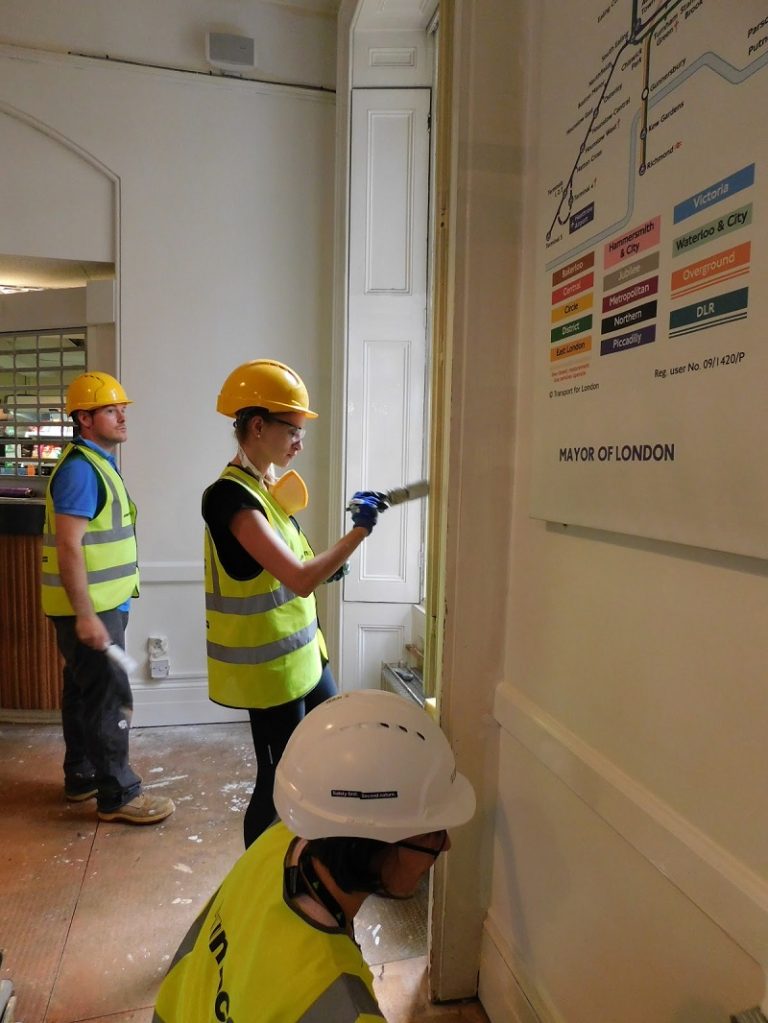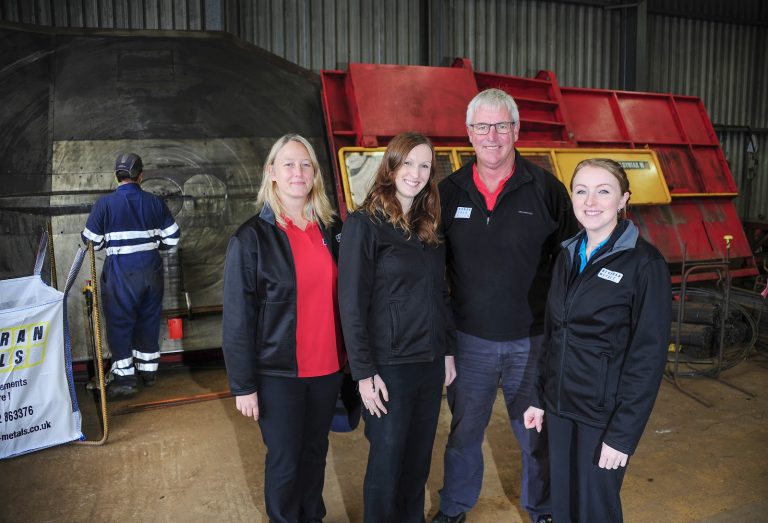Since the dawn of steam, Santa has relied on the Polar Express for essential logistics around his festive distribution centre at the North Pole. It performs a vital role moving presents, wrapping paper etc. for next-day delivery. Like a lot of ageing infrastructure, the Polar Express line was starting to show its age and this year Santa sent elf envoys to Barnshaws Section Benders for some support. Ash Pan, Chief Stoker Elf aboard the Polar Express, explains: “We only travel in winter, so the Polar Express isn’t immune to some wear and tear. Usually this only amounts to chocolate stains on the seats, but after decades of service it was clear this Christmas that the rails needed some attention. For that we needed section bending, so we contacted Barnshaws to help ensure the Polar Express doesn’t become stationary.” Barnshaws, one of the world’s largest metal bending companies, has a proven track record in providing high quality steel curving to Santa’s operation. Last year, the business helped to avert a candy crisis by bending candy canes, and the year before, rolled new skis for Santa’s sleigh. This year it was subsidiary company Barnshaws Polska that was best able to help deliver the project, due to his North Polish location, and because the business had recently helped to design a new tram system in Poland. In the UK, Barnshaws has also been producing railway wiring gantries to aid with the electrification of older railway lines. Train Driver on the Polar Express, Rayul Way, added: “The Polar Express can hit speeds of over 100 presents per hour (pph), so it was really important to have perfectly curved rails. Barnshaws Polska was able to service this substantial order very quickly, and trust me we know about global logistics. “Thanks to this work, we’ve been able to ensure children from around the world get their presents from Santa, and the new lines which are millimetric perfect, form a solid platform for future success.” Santa was delighted with the work and said… “Ho Ho Ho!” A very Merry Christmas and a Happy New Year from everyone at Barnshaws!














